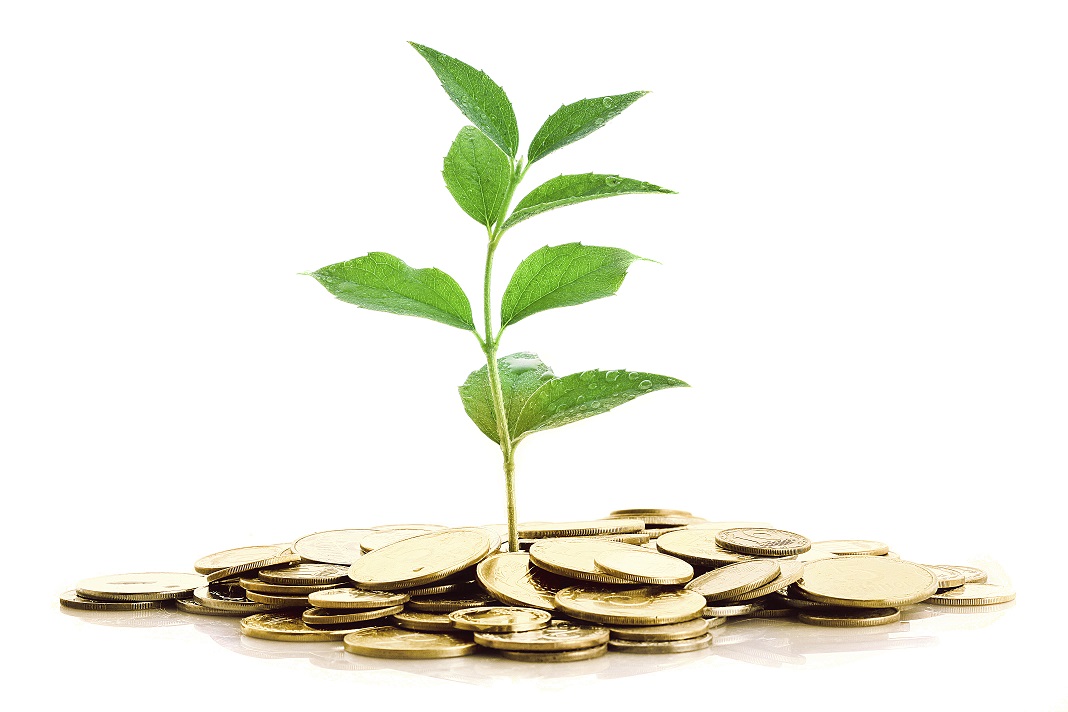 April 2014 | bySara Hastings-Simon, Dickon Pinner, and Martin Stuchtey
April 2014 | bySara Hastings-Simon, Dickon Pinner, and Martin Stuchtey
The world is on the cusp of a resource revolution. As our colleagues Stefan Heck and Matt Rogers argue,1 advances in information technology, nanotechnology, materials science, and biology will radically increase the productivity of resources. The result will be a new industrial revolution that will enable strong economic growth, at a much lower environmental cost than in the past, thanks to the broad deployment of better, cleaner technologies and the development of more appropriate business models. But how do we reconcile this bold and heartening prediction with recent challenges experienced by cleantech, the general term for products and processes that improve environmental performance in the construction, transport, energy, water, and waste industries? Over the past couple of years, many cleantech equity indexes have performed poorly; in January 2014, the American news program 60 Minutes ran a highly critical segment on the subject. The former chief investment officer of California’s largest public pension fund complained in 2013 that its cleantech investments had not experienced the J-curve: losses followed by steep gains. It’s been “an L-curve, for ‘lose,’” he said.
So, is cleantech failing? In a word, no. Rather, the sector has experienced a cycle of excitement followed by high (and often inflated) expectations, disillusionment, consolidation, and then stability as survivors pick up the pieces. We’ve seen this before with other once-emerging technologies, such as cars, railroads, elevators, oil, and the Internet. Much of cleantech is just leaving its disillusionment or consolidation phase. For example, in transport, Tesla Motors is looking good; Fisker Automotive went into bankruptcy in 2013. In energy, SunPower is making healthy margins and SolarCity raised $450 million in 2013, but over a hundred other solar companies are gone. The shakeout is brutal—and typical. It has weeded out weaker players, making the industry as a whole more robust. Despite the rough patch, annual growth is at double-digit rates.
It’s also important to look beyond financial statements. Global wind installations, for example, have soared about 25 percent a year since 2006 (exhibit). And global commercial investments in clean energy have more than quadrupled, from nearly $30 billion in 2005 to about $160 billion in 2012. Even countries with vast reserves of oil and coal—in the Middle East and Central Asia—recognize that they can’t miss out and are developing substantial programs for renewables. Meanwhile, the average real cost per oil well has doubled, and new mining discoveries have been flat, despite high investment. And, clearly, new ways are needed to meet the needs of the 1.3 billion people who lack electricity and of the 2.7 billion who rely on traditional biomass, such as wood and dung, for cooking.
Cleantech is no passing, unprofitable fad. The sources of underlying demand—a growing middle class around the world and resource constraints2 —aren’t going away, and cleantech is pivotal in dealing with both. There are three major myths that undermine confidence in cleantech’s future.